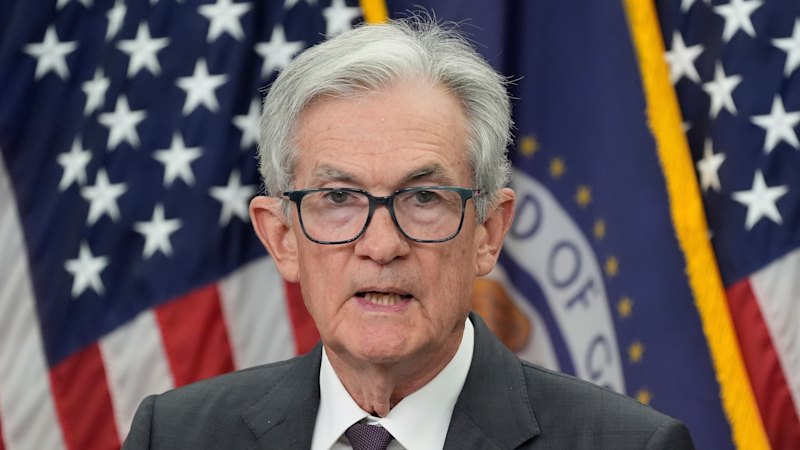
UPDATE: The US economy added only 73,000 jobs in July, significantly below expectations, while previous months were revised down by a staggering 260,000. This alarming trend, revealed by the US Bureau of Labor Statistics, marks the worst job growth since the pandemic, raising urgent concerns about the health of the labor market.
The three-month average for employment growth now stands at a mere 35,000 jobs, prompting experts to question the effectiveness of current monetary policies. Derek Holt from Scotiabank stated, “The impact of the economic uncertainty driven by the Trump administration’s policies on the labor market is suddenly becoming much clearer.” He emphasized that if these figures hold up to further scrutiny, the blame should lie with political policies, not Jerome Powell and the Fed.
The downward revisions have sent shockwaves through the financial community. Albert Edwards from SocGen expressed concern over the implications of the 258,000 job losses from May and June, stating, “The Fed is going to get hammered.” As the unemployment rate edged up to 4.2%, the Fed faces mounting pressure to adjust its strategy ahead of the critical September 17 meeting.
Former Boston Fed president Eric Rosengren echoed the sentiment of caution, stating, “The Fed was correct to wait. Now we’re seeing early impacts of policy shocks.” He noted that both inflation and payroll data are likely to worsen, complicating the Fed’s decision-making.
Goldman Sachs has revised its job growth estimates to just 28,000, highlighting the deteriorating labor market landscape. Sarah House from Wells Fargo warned that the Fed may move towards a more neutral policy stance in response to the “downside risks” to employment and the “upside risks” to inflation. The upcoming employment report will be crucial in either confirming or dispelling the current weakness.
Market analysts are closely monitoring what happens next. Mohamed El-Erian pointed out that if the August jobs report echoes July’s disappointments, the Fed’s policy discussion could shift dramatically, possibly considering a 25 or 50 basis point cut rather than maintaining the status quo.
Economic experts like Stephen Brown from Capital Economics believe Powell may still reference the balance between labor demand and supply, though the rising unemployment rate presents challenges. The looming effects of tariffs on consumer prices could further complicate matters, as Seema Shah from Principal Asset Management noted the significant downward revisions to payroll numbers.
The Fed’s upcoming assessments will weigh heavily on these developments. With Harris Financial Group’s Jamie Cox predicting a strong likelihood of a rate cut in September, the pressure on Powell and his team intensifies. As economic indicators continue to flash warning signs, the immediate future of US monetary policy remains uncertain.
As the labor market shows signs of fragility, the implications for American workers and the broader economy are profound. The urgency for decisive action from the Fed is mounting, and all eyes are on upcoming reports that could reshape the financial landscape.
Stay tuned as this story develops, and share your thoughts on how these changes could impact the economy.






